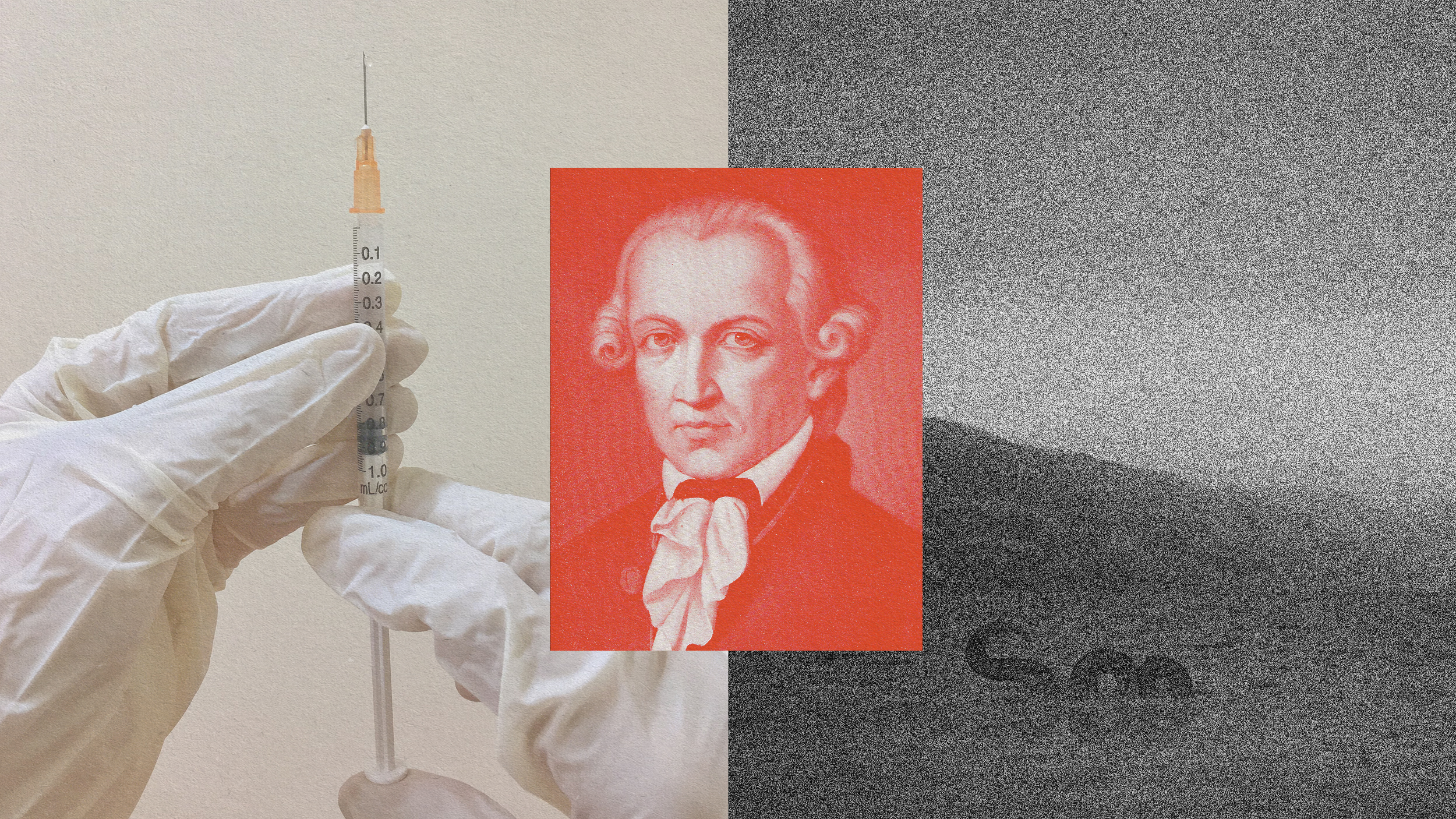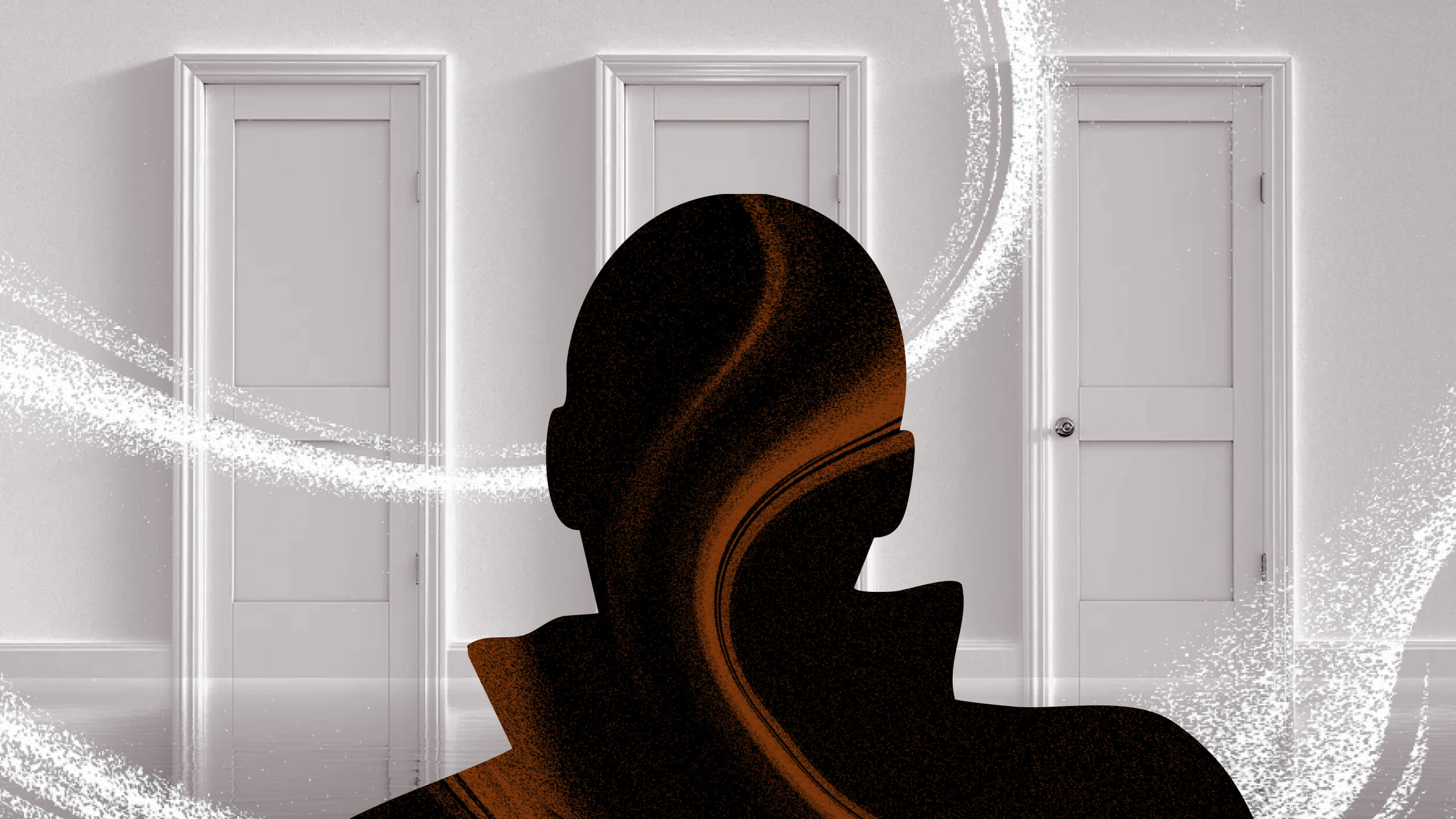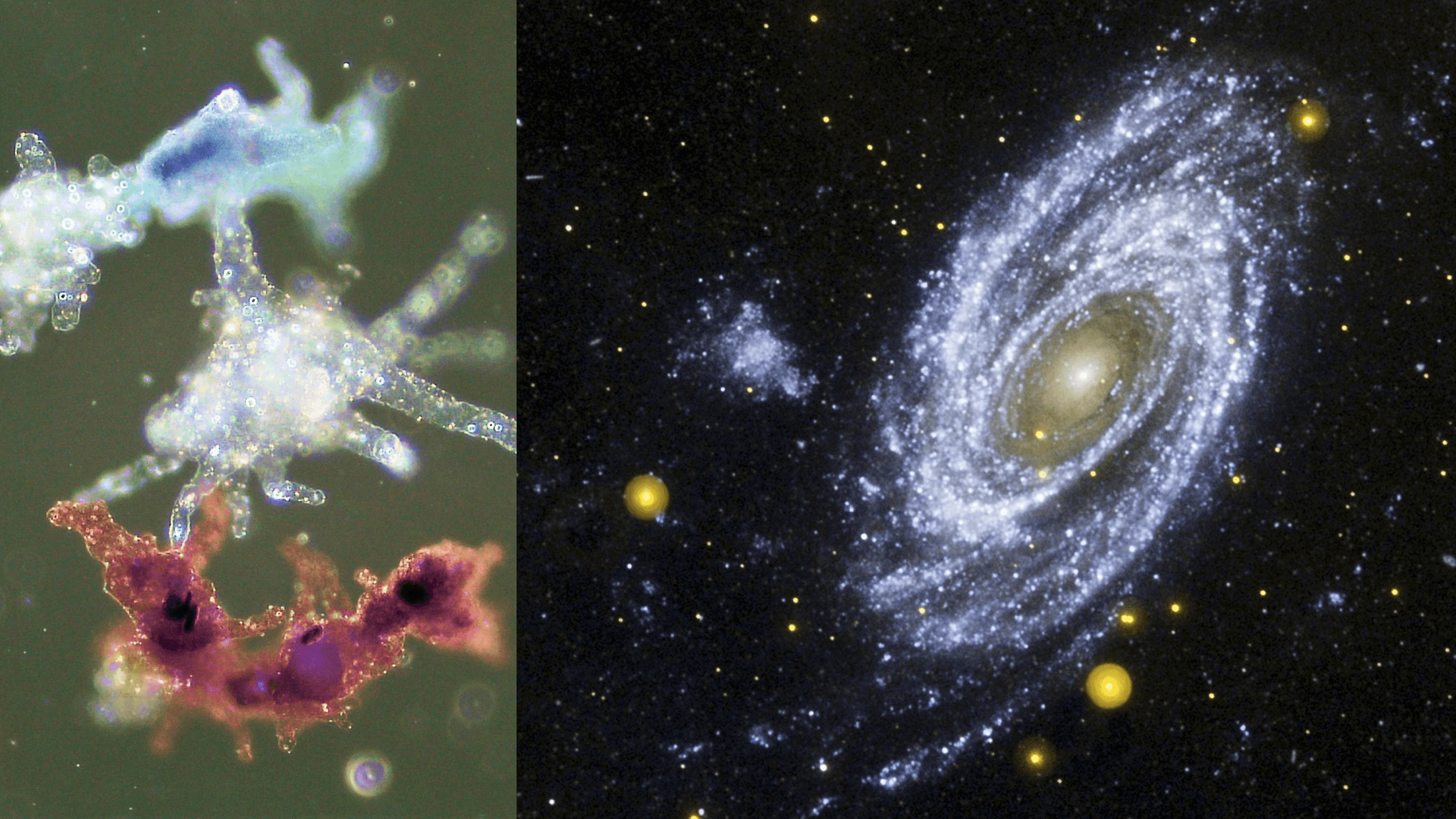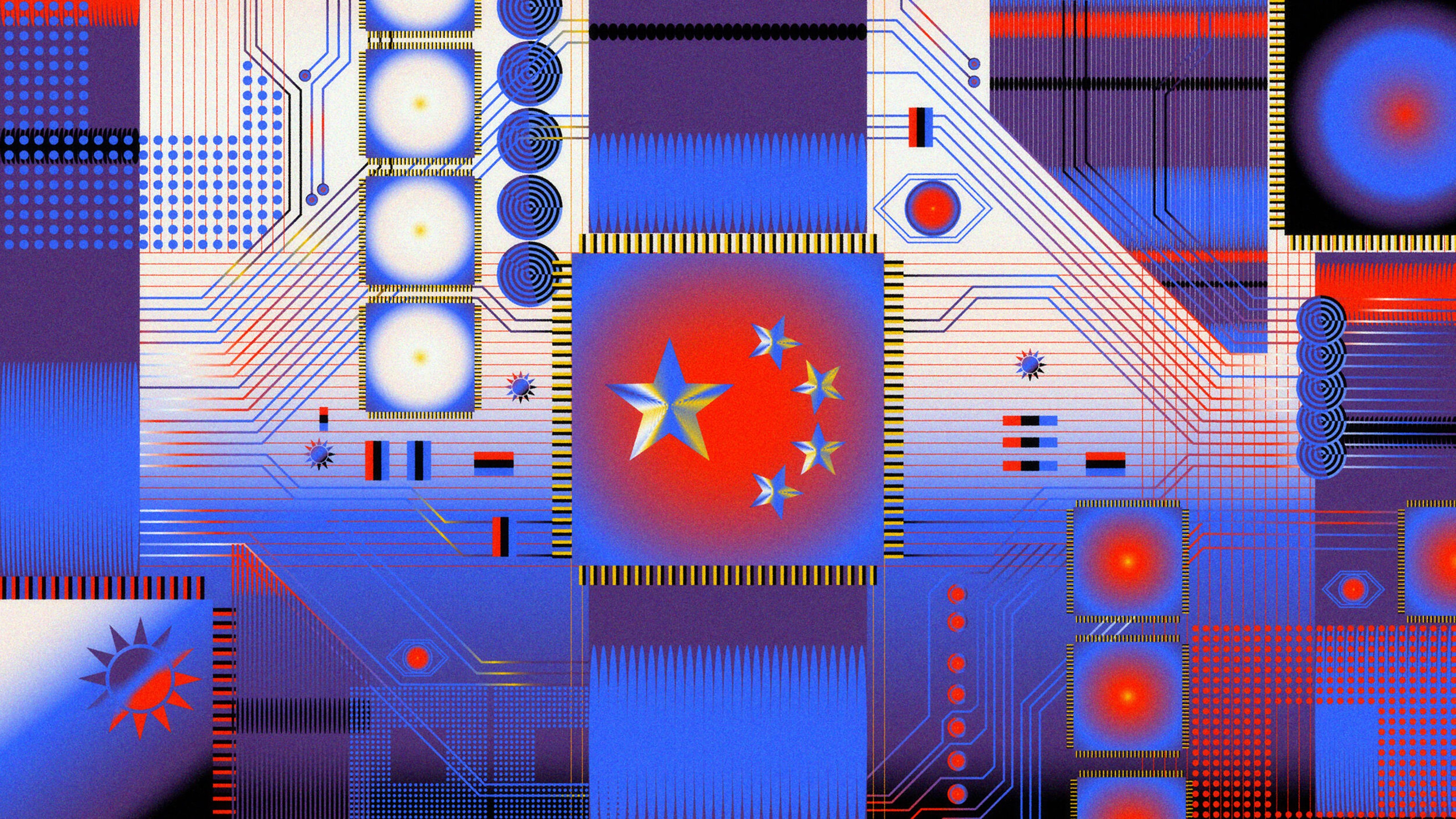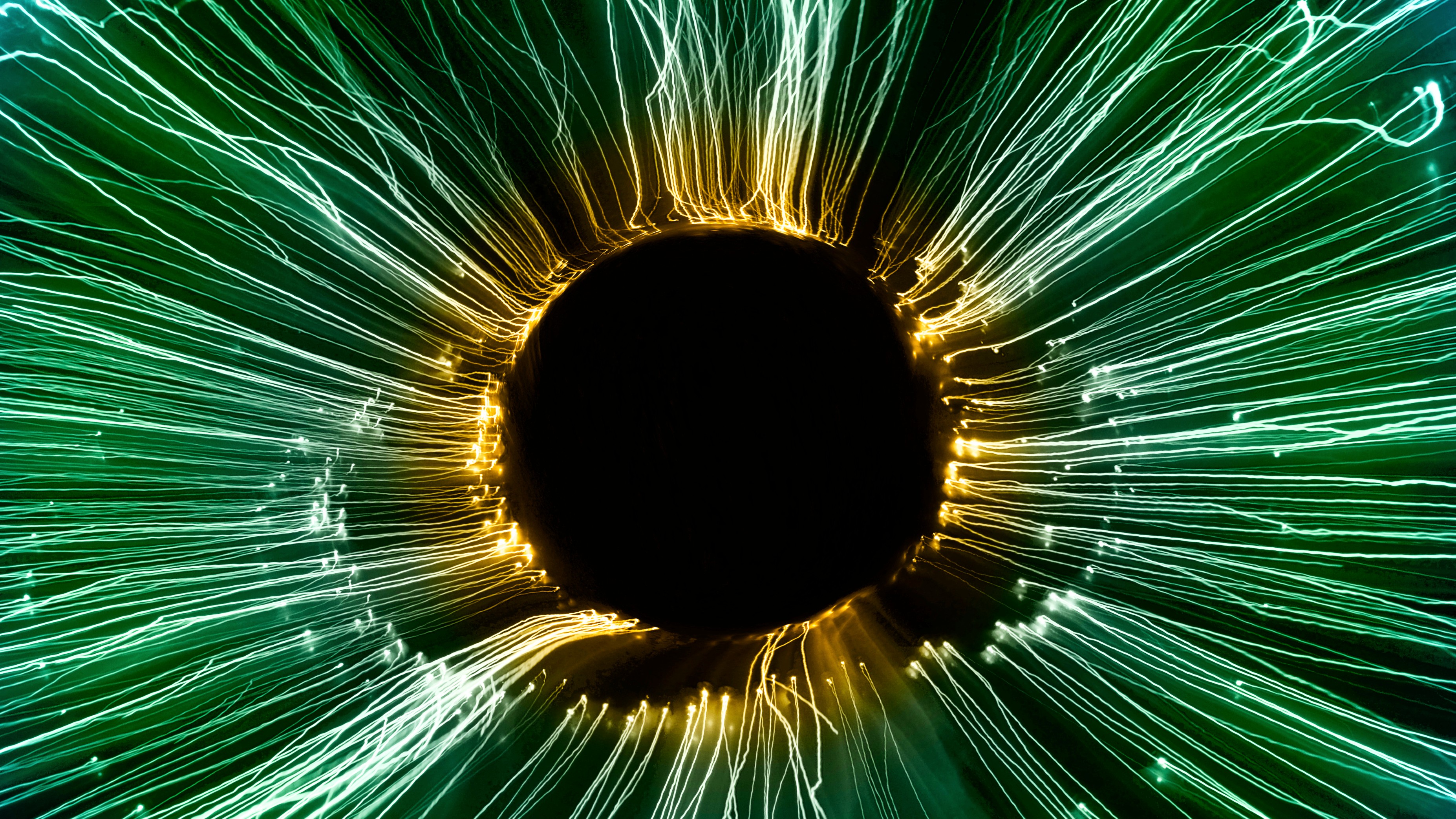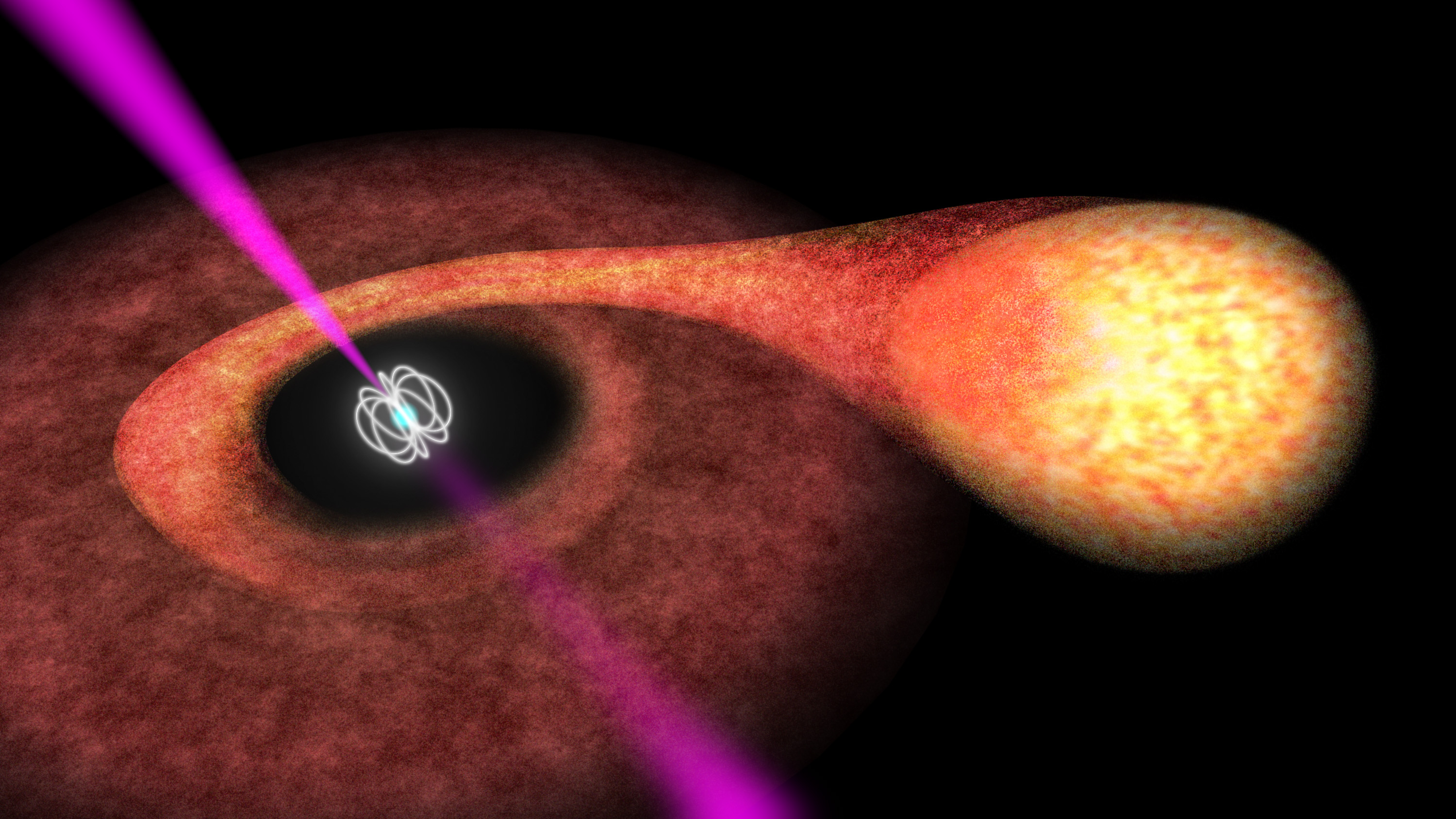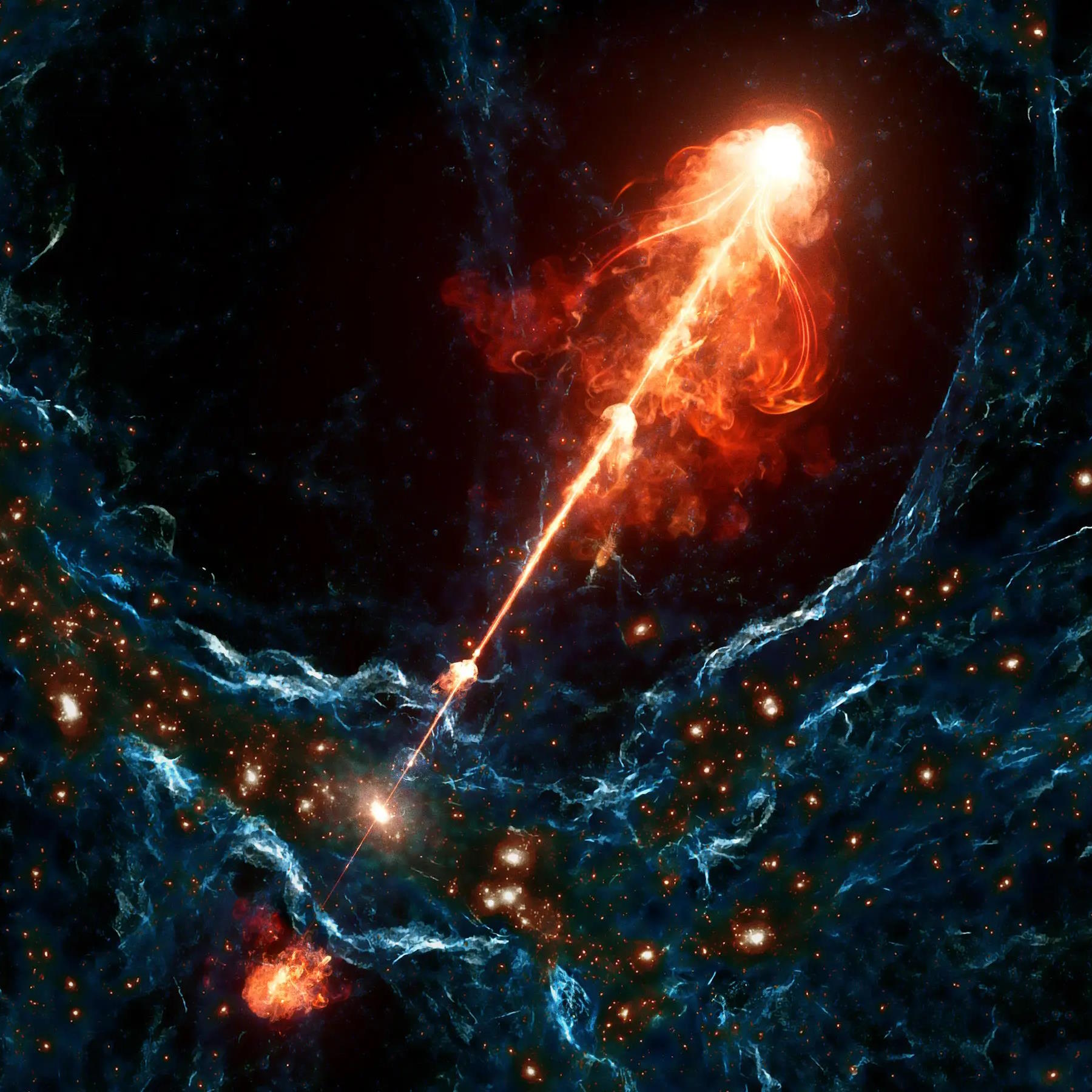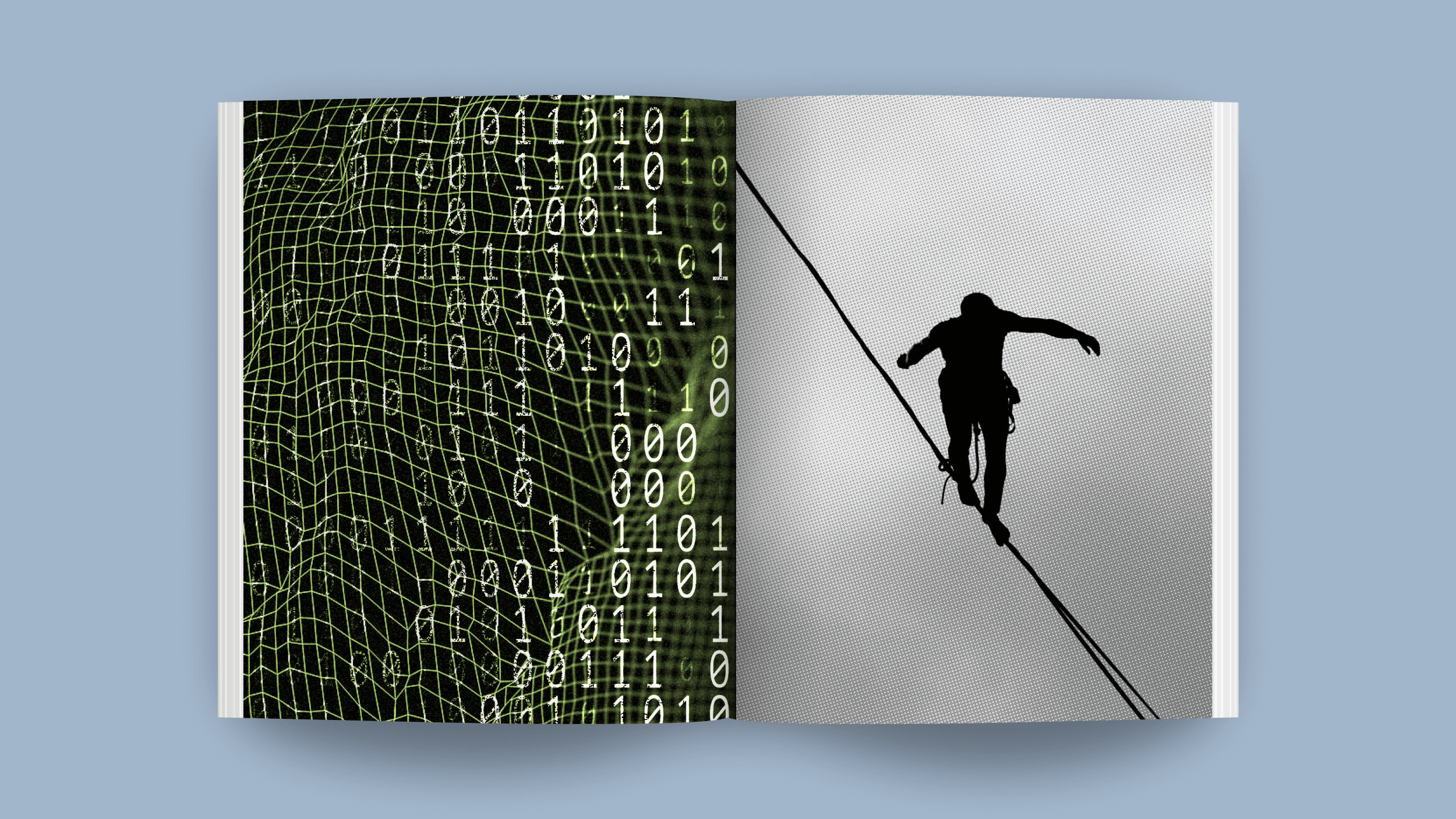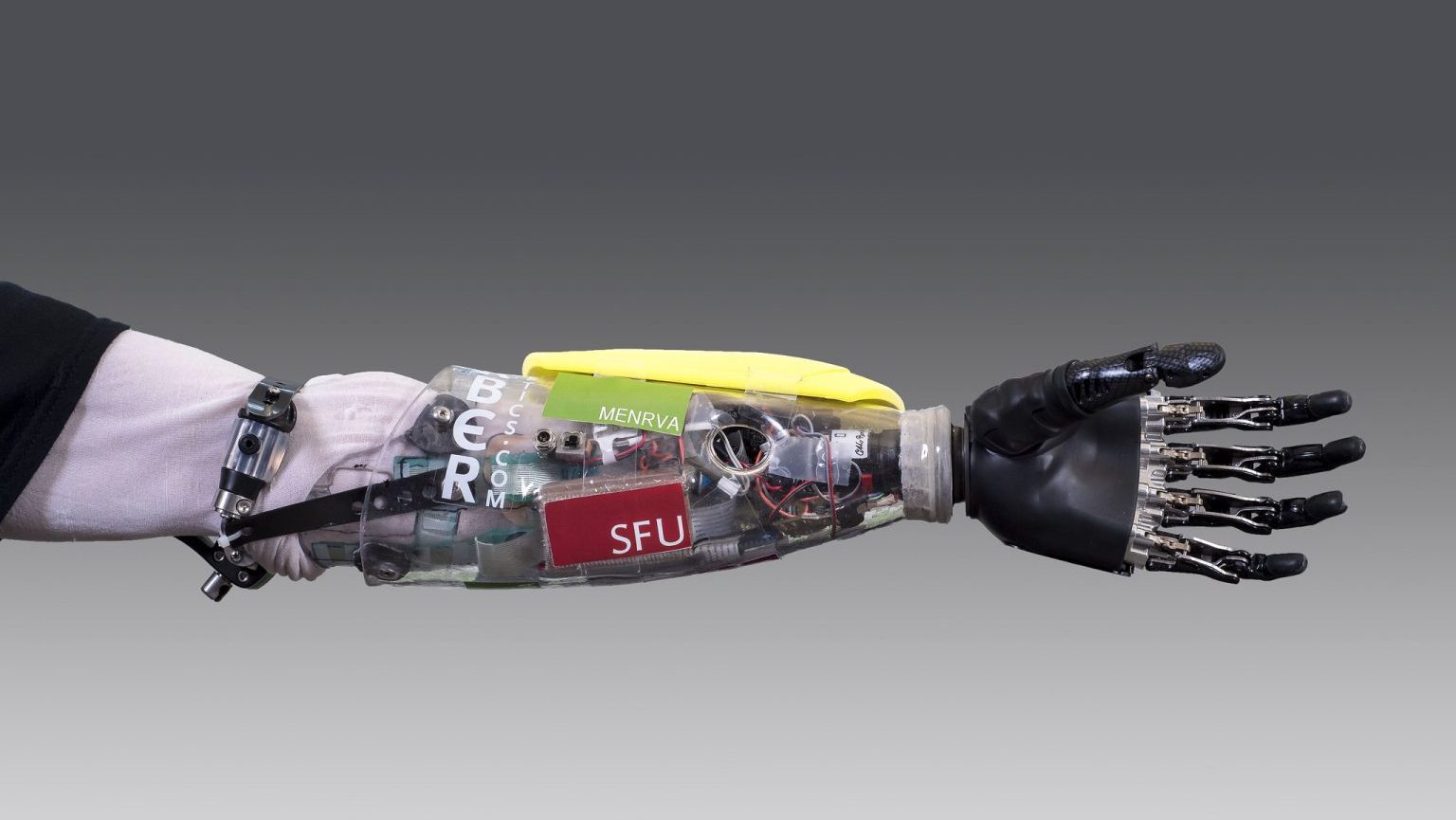Astronomer Adam Frank asks: With so many extraordinary claims, why can’t anybody produce the proof?
All Articles
“I have a friend who thinks vaccines cause autism,” writes Nina. “What can I do?”
The truly talented are those who got to where they are despite preconceived expectations.
When we see pictures from Hubble or JWST, they show the Universe in a series of brilliant colors. But what do those colors really tell us?
Of the millions of substances people encounter daily, health researchers have focused on only a few hundred. Those in the emerging field of exposomics want to change that.
In the 18th century, David Hume argued that we are only motivated to do good when our passions direct us to do so. Was he right?
Welcome to The Nightcrawler — a weekly newsletter from Eric Markowitz covering tech, innovation, and long-term thinking.
The last naked-eye Milky Way supernova happened way back in 1604. With today’s detectors, the next one could solve the dark matter mystery.
How did life on Earth begin? Is there life on other worlds? An answer to either question will reflect heavily on the other.
A member of a species that kills trees, this mushroom is not the first to be called the Humongous Fungus — and perhaps not the last.
Since 1930, type Ia supernovae have been thought to arise from white dwarfs exceeding the Chandrasekhar mass limit. Here’s why that’s wrong.
“The evolution of digital media makes stricter regulation of online behavior not only feasible but inevitable,” writes media ecologist Andrey Mir.
Startup success can often hinge on a key lesson derived from behavioral science … and Jerry Seinfeld’s “Night Guy vs. Morning Guy” routine.
In partisan political times, recognizing the scientific truth is more important than ever. Scientists must be vocal and clear about reality.
The cat-and-mouse game between China and the world’s semiconductor companies is already having enormous consequences.
The race to find dark matter could grow more complex with high-energy neutrino interference.
In astronomy, a star’s initial mass determines its ultimate outcome in life. Unless, that is, a stellar companion alters the deal.
The color of the shirt you’re wearing right now depends on many factors, from your eye shape to what language you speak.
A prolonged strike could cost the economy between $500 million to $4.5 billion per day.
Black holes are the most massive individual objects, spanning up to a light-day across. So how do they make jets that affect the cosmic web?
Scientists have created a magnificent portrait of every connection among neurons in a fruit fly’s brain.
There’s little more infuriating in the world than being told to “calm down” when you’re in the midst of a simmering grump.
Humans, when we consider space travel, recognize the need for gravity. Without our planet, is artificial or antigravity even possible?
In 1980, Willy Brandt drew a line across the map that still influences how we think about the world.
Welcome to The Nightcrawler — a weekly newsletter from Eric Markowitz covering tech, innovation, and long-term thinking.
Oxford professor of ethics, John Tasioulas, thinks we should consider the loss of opportunity for “striving and succeeding” that AI is likely to bring.
All the stars, stellar corpses, planets, and other large, massive objects take on spherical or spheroidal shapes. Why is that universal?
In the international competition, people with physical disabilities put state-of-the-art devices to the test as they race to complete the tasks of everyday life.
Can laboratories become more humane, or is it time to end animal research altogether?
Cal Newport explains how you and your teams can accomplish more while improving quality and supercharging workplace morale.

